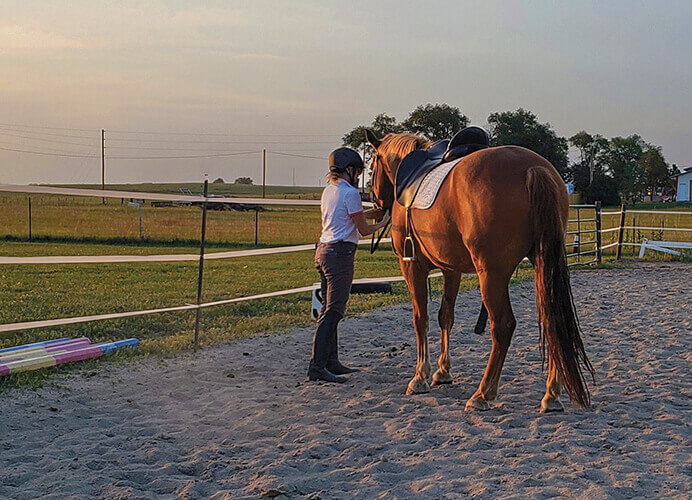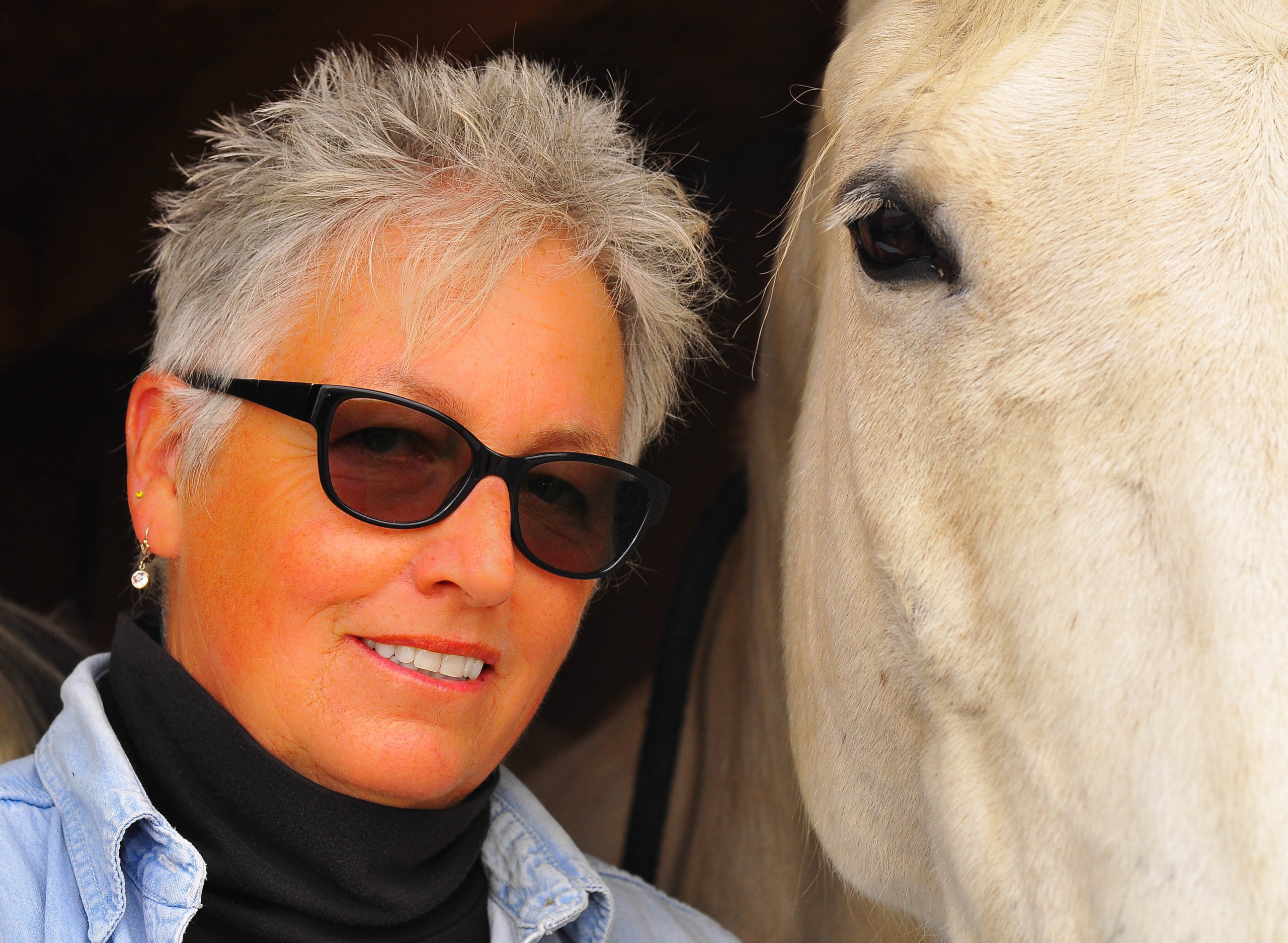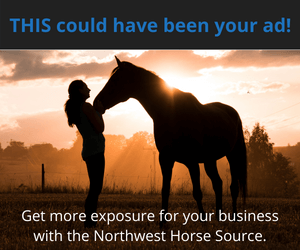Affirmative Training Shapes Behavior
It started the way it usually starts. Either the horse looked to the side or the rider pulled on her horse’s face. It’s the fundamental disagreement; the rider thinks it’s her right to control the horse and the horse doesn’t like having metal jammed on his jawbone. A common miscommunication, all before the first stride.
The more the horse got fussy, the more the rider pulled and urged him to walk on. The horse heard more whoa than go, not that the rider intended to give the horse conflicting cues. More head-tossing and mouth-gaping. The next part is tough. Maybe it’s our ego. Maybe we’ve been taught that we must dominate and show horses who’s boss, but it’s as if the rider had blinders on; she just had to have her way.

Now both of them are resistant and instinct kicks in. Humans have a snowball theory of disaster that says if the horse hesitates, then disaster follows, gaining speed and size like a snowball rolling down a mountain. So, we panic and accelerate which the horse hears like a cue, as if he didn’t want to escape already. It’s coming apart quickly and it doesn’t matter who started it.
If the rider could pause for a breath, there’s an opportunity. Change can happen at the moment that resistance becomes self-awareness. To the rider, that tiny pause to breathe feels like surrender, but the horse takes that cue, too, and his reaction time is so fast that things begin to decompress immediately. It seems like a coincidence at first. Did your horse just reward you for better behavior? Who’s training who? If you’re smart, you recognize the invitation to partnership and start the ride again.
First, let a moment or two pass. It’ll feel like forever, but you are teaching yourself patience. When you label it that way, it should feel slow. Now, let the game begin. It’s that game kids call Hot and Cold; we searched for something hidden and others let us know when we were getting warmer or cooler.
It’s a good comparison because it should feel a bit like the two of you feeling your way in a dark room. Training is directing your horse toward something he doesn’t know. He’d like a hint from you but if the only answer you accept is perfection, then it’s you that has failed.
Instead, cut the task into small, bite-sized pieces, negotiating a better answer each time, and rewarding him as he gets warmer. In dog training, it’s called shaping a behavior, or a behavioral scientist might say successive approximation, meaning an approximate answer on the way to the right answer.
Best of all, it means that you’ve evolved beyond being someone focused on failure who makes serial corrections nagging the horse about what he’s done wrong. Now training becomes more like a game of affirmative hide-and-seek, with habitual praise as your horse tries. The more he offers, the happier everyone is. Is there anything better than a confident horse?
If affirmative training means your horse is never wrong, then it’s the rider’s challenge to ask a better question, accept and reward that answer, and ask again patiently and cheerfully, until the best habit is consistent. Training is simply collecting good experiences for your horse.
Cynics might say that affirmative training is fine for trail horses or amateur horses, but in advanced work like reining or dressage or jumping, pushing the horse hard is justified. Shame on them for selling their horses short and thinking so little of their own skills.
So, you’re back in the middle of your ride. Take a breath and remember the best ride you ever saw. The horse’s ears weren’t pinned, he lifted his feet, and his body looked strong and soft at the same time. It was all freedom and trust, and you knew it was art because it lifted your heart.
Whether you are a beginning trail rider or an ambitious competitor, inspire your horse to play a game. Start where your horse is right now. Let his walk carry you away and say thank you. Let it be enough, as you set about helping your horse be totally right.
Love Anna Blake’s approach to training? Check out some of her other articles:
See this article in the January 2024 online edition:
January 2024

Anna Blake is a horse advocate, trainer, international clinician, and award-winning author of five books. Anna believes affirmative training principals build a relaxed and forward foundation that crosses over all riding disciplines in the same way that the understanding calming signals benefits all equine communication.
Want more? Visit annablake.com to see our class schedule, online courses available on a revolving basis on Calming Signals, Affirmative Training, and more. You can purchase books or schedule a live consultation or lesson, subscribe for email delivery of her popular blog, or ask a question about the art and science of working with horses. Join us in The Barn, our online training group with video sharing, audio blogs, live-chats with Anna, and much more.






